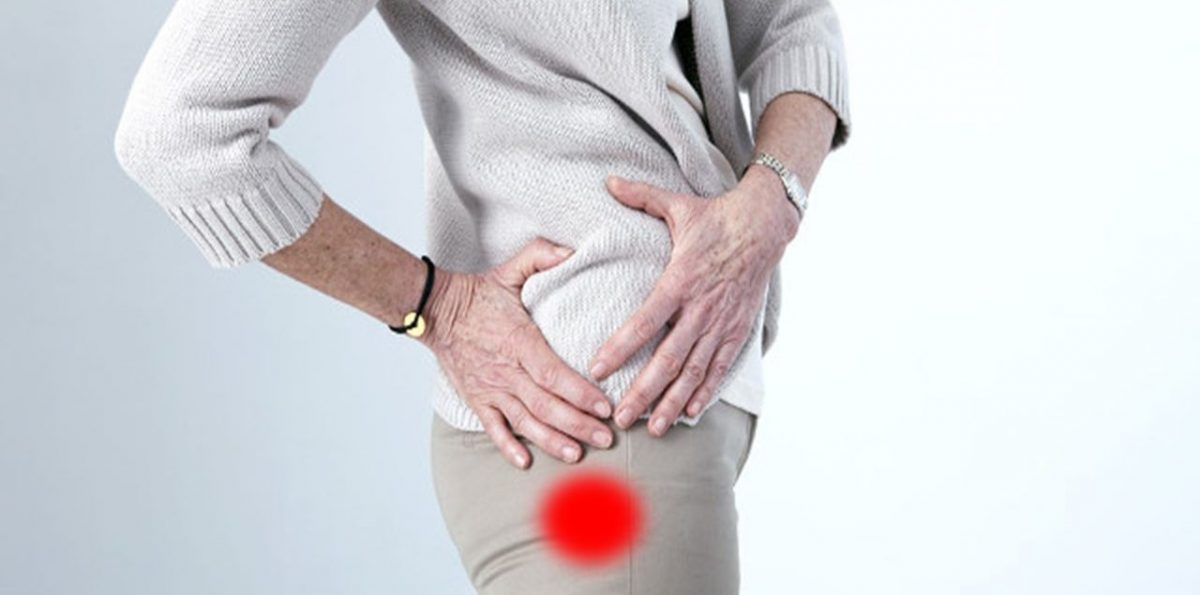Peritrorantric pain

PERITROCANTERIC PAIN
Pain in the lateral part of the hip is a common symptom of consultation. The differential diagnosis must be made between intrarticular pain, extrarticular pain and referred pain of the lumbar spine. Lateral hip pain has been classically called trochanteritis. Currently, thanks to better anatomical knowledge and tests such as magnetic resonance imaging (MRI), there is talk of "peritrochanteric pain" or Greater Trochanteric Pain Syndrome (GTPS). This entity includes different alterations of the lateral region of the hip around the major trochanter, including trochanteric bursitis, tendon lesions of the middle buttock and minor buttocks, and spring hip. It can affect between 10% and 25% of the population with a higher prevalence in women.
anatomy
The major trocánter is the bone part of the femur at the junction between the neck and the diaphysis. In it, the middle buttock are inserted in the lateral and posterior part and in the anterior part, the lesser buttock. Superficially, these are covered by the buttocks major the tensor of the fascia lata and the ileotibial band that extends along the lateral face of the thigh to below the knee. Among these muscle groups, the bursas are located (most often 3 but can be 4). The largest is located between the greater buttock and the middle gluteal tendon (trochanteric bursa), the other two, below the middle buttock and below the lower buttock.
Trochanteric bursitis
Inflammatory picture around the major trocánter usually radiated to the lateral part of the thigh or to the buttock. It usually originates as a result of repetitive movements of flexion and extension of the hip by friction between the ileotibial band and the greater trocánter. It is more common in women than in middle-aged men (4:1). It presents as pain in the lateral face of the hip, with pain in the major trocánter and increases with abduction against resistance. Simple radiography is usually normal but intrarticular pathology should be ruled out. Calcifications can be detected around the trocánter, but they are nonspecific. MRI can evidence inflammation of the bursas and rule out tendon pathology of the gluteal musculature. Trochanteric bursitis is usually self-limiting and usually responds to rest, anti-inflammatory treatment, local ice and physiotherapy. If not enough, infiltration with corticosteroids and local anesthetic is usually effective between 60% and 100% of patients. Infiltration is more effective in the short term while stretching physiotherapy seems more effective in the long term. In exceptional cases surgery may be indicated, open or by arthroscopy.
Tendinopathy of the middle buttocks and lesser buttocks
Injuries to the tendons of the abductor hip muscles have been equated to the rotator cuff of the shoulder. Peritrochanteric pain conditions thanks to MRI diagnose injuries to the tendons of the middle and minor buttocks, from tendinits, tendinosis to partial ruptures or complete ruptures. Such injuries are more common in the middle buttock than in the minor. They are more common in women than in men and will occur in 25% of women in late middle age and in 10% of men.
Although the debut of symptoms can be of traumatic origin, in most cases it occurs insidiously and non-traumatic. In addition to pain in the lateral face of the hip and in the trocánter, the patient presents weakness to abduction in extension and to the external rotation with hip flexion of 90º.
Pain can also be reproduced by maintaining the monopodal load of the affected side for 30 seconds or more. The most effective diagnostic test is MRI, which allows a distinction between partial and total ruptures and allows us to assess the possible fatty degeneration of the muscles. Patients with lesions of the middle gluteal tendon present on MRI a thickening of the tensor of the fascia lata compared to the contralateral.
The initial treatment of this pathology is conservative through rest, anti-inflammatories and physiotherapy to strengthen the muscles. Surgical treatment is exceptional in very limiting cases. Repair can be done by open boarding or endoscopy. There are not many scientific studies on this.
Hip in spring
The spring hip or coxa saltans is described as the audible and potentially painful highlight of the hip in activities that require flexion, extension and abduction. With the hip in extension, the ileotibial band is located subsequently to the major troconter, when flexing the hip, the ileotibial band slides over the trocánter. Occasionally this highlight can cause inflammation and pain.
It usually occurs between the end of adolescence and the second decade of life. The X-ray is usually normal, the ultrasound being a dynamic test can visualize the protrusion and if there is an associated bursitis. Treatment is usually conservative with stretching and muscle strengthening. Rarely the treatment is surgical with multiple techniques described for both open surgery and endoscopic technique.
Bibliography
John M. Redmond; Austin W. Chen; Benjamin G. Domb. Greater trochanteric pain syndrome. Review Article. J Am Acad Orthop Surg 2016; 24:231-240.
Eric J Strauss; Shane J. Nho; Bryan T. Kelly; Greater trochanter pain Syndrome. Review Article. Sports Med Artrosc Rev. Vol 18, n2 June 2010.



